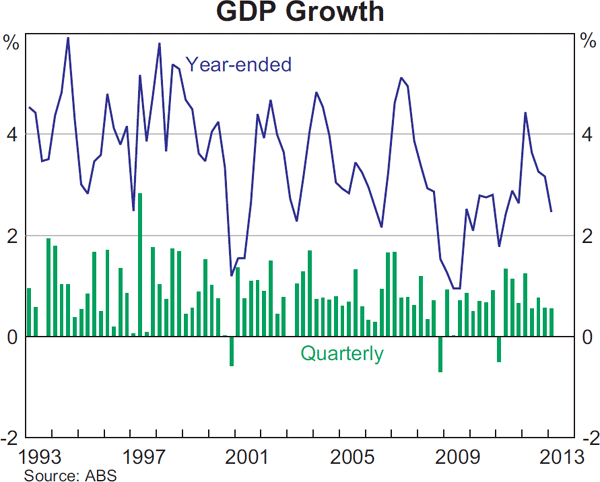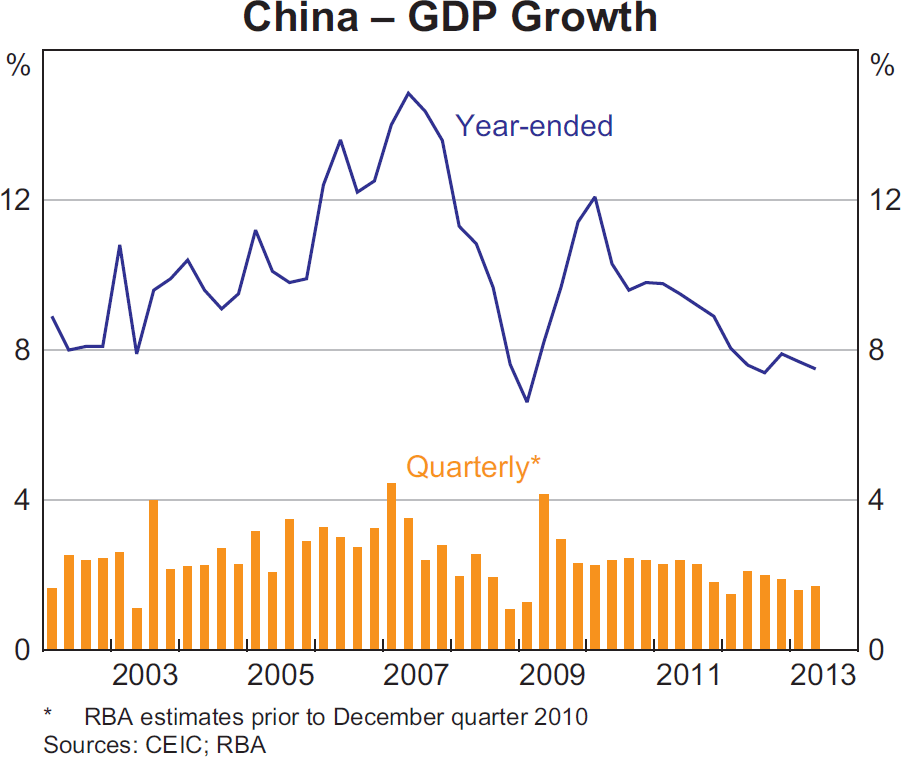Are low interest rates working? Pete Wargent
A lot of commentators said that lower interest rates would not be capable of reviving the housing market last year. OK, they might have been right about South Australia and Tasmania, where the labour market and population growth remains weak. But on a national basis, they were wrong.
Source: RP Data
In fact, in the true spirit of a cycle, we have come a full circle. First, there was supposed to be a crash, then it was going to be a steady decline in prices...and now they're saying that prices could rise too strongly and therefore there might be a crash again.
It doesn't look like it. Rather the market gains will continue until rising interest rates eventually slow them down again. This is broadly what the RBA was hoping to achieve, moderate price increases in a bid to stimulate confidence, construction and the wider economy. To coin the phrase we heard for years in Britain, there are some "green shoots" of recovery in the wider economy, but the response has been rather measured to date.
GDP recovery
GDP growth in Australia has been slowing and currently sits at 2.6% for the past year, which is some way below the long-term trend.

The RBA believes that GDP growth will steadily recover. If you consider the constituent parts of what makes up a country's GDP, however, there's a fair argument to say that the government is going to have to play its part in keeping GDP growth robust in Australia.
GDP = private consumption (C) + gross investment (I) + government spending (G) + (exports ? imports) (X-M)
Or, simply expressed as:
GDP = C + I + G + (X - M)
We know that consumption (C) has been soft. Retail sales have not picked up to date as had been hoped.
Source: ABS
Investment (I) has held up reasonably well so far, but we can be sure that total capital expenditure will fall in the coming years as the mining construction boom passes its peak. The latest estimate for total capital expenditure for 2013-14 was ~$159,200 million which is 11% lower than the corresponding estimate last year - the main driver being a 14% fall in mining capital expenditure. This will represent a non-trivial drag on GDP growth.
Source: ABS
There has been a moderate upturn in the construction of dwellings, but there is much improvement still hoped for.
The fall in mining construction will also impact imports (I) as we need less construction equipment.
Of course, the whole point of construction of the resources mega-projects is to ramp up exports (E), and a huge volume of minerals is going to be exported from Australia over the coming decade. The risk is that although mining companies attempt to lock in robust cashflows by maintaining forward hedge books, ultimately the dollar value of exports will be closely tied to the strength of commodity prices. The forthcoming deluge of ore will naturally increase supply dramatically, so it is vital for Australia that demand remains high, particularly from China.

Outlook?
Given all of the above and the likely drags on economic growth, we can expect two things.
Firstly, interest rates will remain low through 2014 until there are concrete signs of stronger growth returning and the unemployment rate stabilising.
The other likely outcome is government (G) expenditure being expected to be do some of the heavy lifting for the economy, particularly the government's share of investment (I). There are likely to be calls for a major increase in government infrastructure investment in Australia during this political term to help plug the hole as the mining construction boom eventually unwinds.
To date, there has been much talk of new road projects, which is a great start. With luck, there will also be an increased focus on rail infrastructure - from an environmental perspective it surely makes sense to promote a more widespread use of public transport. However, rail projects are expensive and can be very costly to implement.
Whichever course of action is taken, increased government expenditure and its related multiplier effect should provide a welcome boost to the economy. The corresponding offset is that it there may be some further blowouts to Australia's current account deficit.
Are low interest rates working? Pete Wargent
Futures markets are taking a reasonably positive view of the economy, and suggest that interest rates may not fall any further. However, at this stage they are not anticipating higher rates until February 2015, by which stage it is hoped that the labour market will have strengthened.
Pete Wargent is the co-founder of AllenWargent property buyers (London, Sydney) and a best-selling author and blogger.
His new book 'Four Green Houses and a Red Hotel' was released on 1 September 2013.
